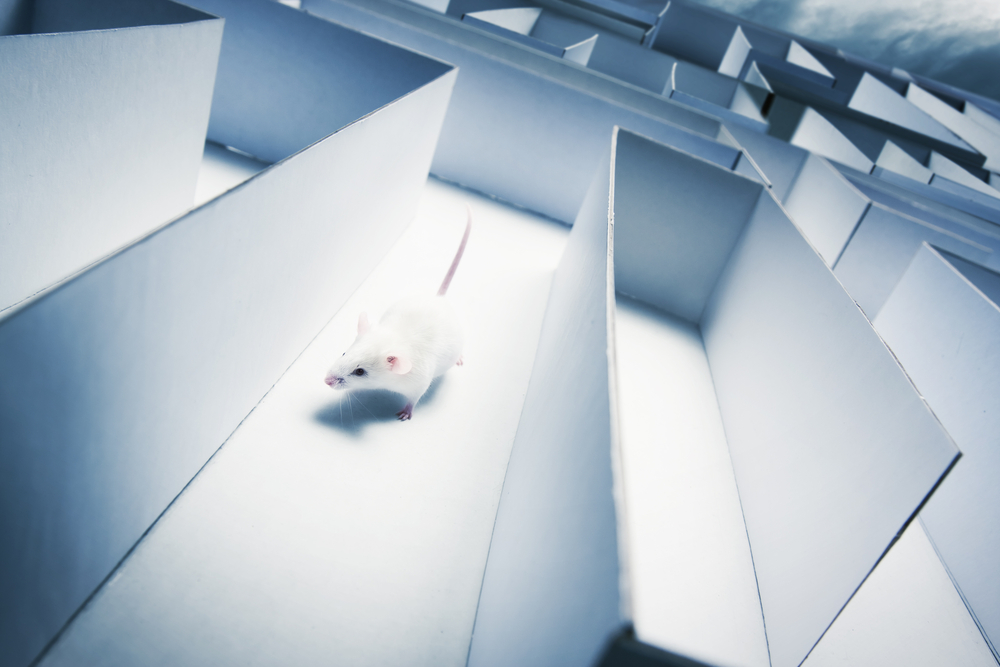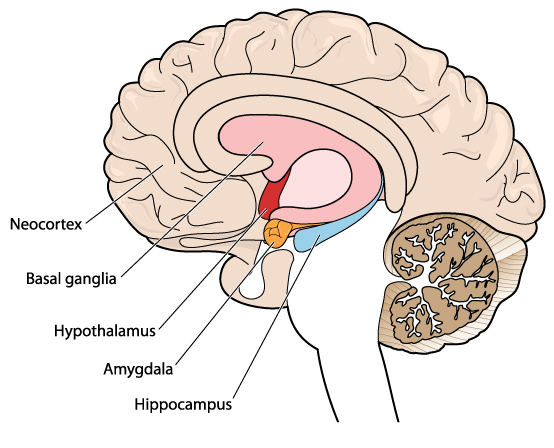Scientists have discovered anxiety cells in the brains of mice, which could hold the key to helping people with mental illnesses.
The anxiety cells could help us understand how the brain works and why anxiety is triggered. The more we understand, the more we can help people suffering from it.
The discovery was made by a team of researchers, including some from the University of California and Columbia University, while they were conducting an experiment on how anxiety affects the brain.
So… where can I get more of this "#Gaba"? https://t.co/k1eDMlAVLF #MentalHealth #Brain #Science #Health
— The Life Pile (@thelifepile) November 17, 2017
Anxiety disorders involve worrying excessively, even when there’s no apparent need for it. Generalized anxiety disorder, panic disorder and social anxiety disorder are all mental illnesses related to excessive worrying.
The study was published in journal Neuron, on Wednesday.
Mazen Kheirbeck, assistant professor at the University of California and co-author of the study, explained the logic behind the experiment.
“Mice tend to be afraid of open places,” he told NPR.
To understand this phenomenon better, researchers place mice in a maze that had both narrow crossing and open spaces and monitored the cell activity in the hippocampus.
The hippocampus is the part of the brain which regulates emotions.
Astonished, the scientists found that the cells at the bottom of the hippocampus lit up when the mice entered the open areas of the maze.
When the team tried to alter the activity of the anxiety cells, they found that the mice felt less anxious.
With the help of optogenetics, a technique that allows you to control cells in living tissue using light, they were able to reduce the level of activity in the cells.
It helped the mice relax and wonder around the open areas of the maze without being stressed.
When they reduced the level of activity in the cells, the mice became less anxious and more willing to wander the open spaces of the maze.
When the level of the activity was increased, the mice became visibly more anxious.
The condition known as #BabyBrain has been confirmedhttps://t.co/VIds1OXQoV #Pregnancy #Childbirth #Moms #Health
— The Life Pile (@thelifepile) January 17, 2018
“If we can learn enough, we can develop the tools to turn on and off the key players that regulate anxiety in people,” Joshua Gordon, director of the National Institute of Mental Health, which helped fund the research, told NPR.
Hundreds of millions of people around the world suffer from some kind of anxiety related mental illnesses, which reflects negatively in them from day to day.





